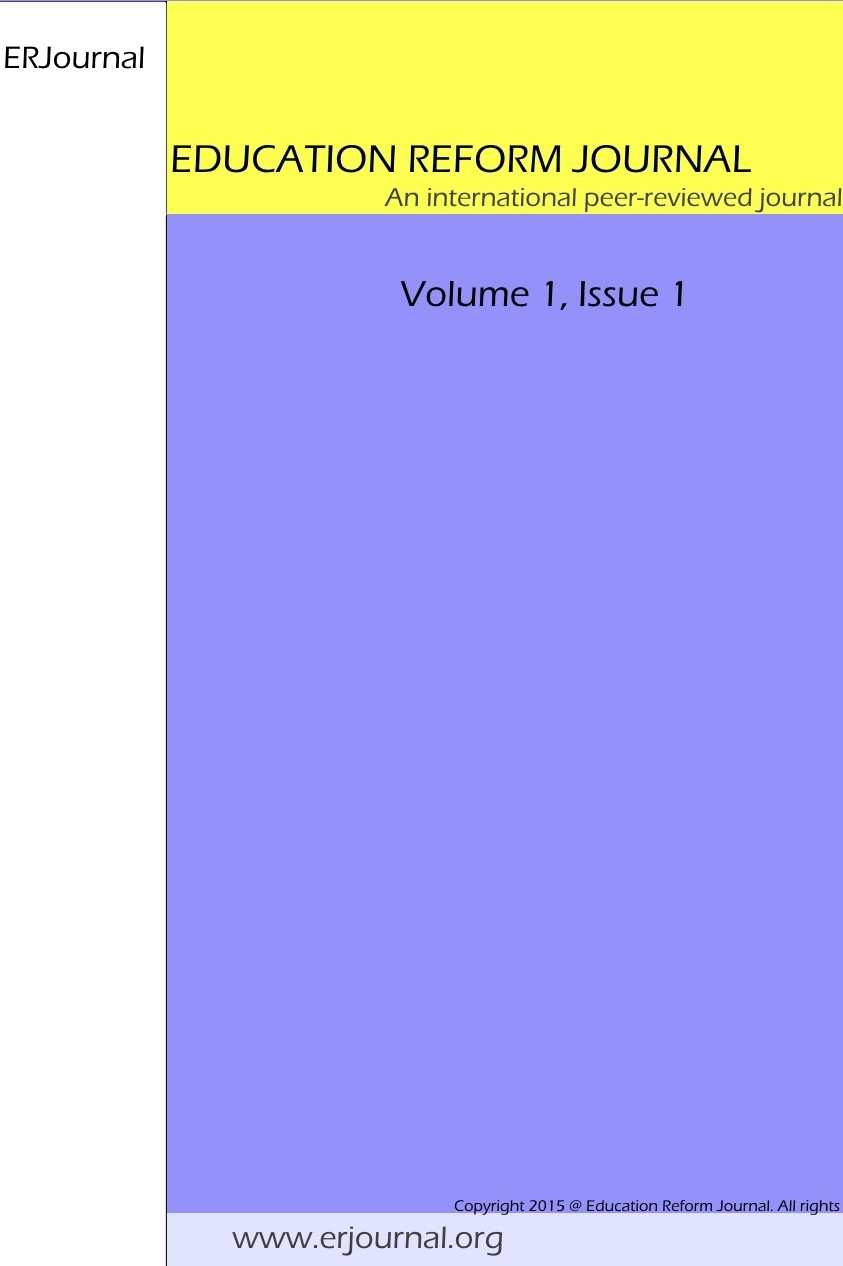We Need Resilient School Leaders in the face of Chaos and Complexity
We Need Resilient School Leaders in the face of Chaos and Complexity
We experience some rapid and unexpected changes especially within the incoherent and asunder school policies and implementations that are unsuitable for the demands and expectations of school stakeholders. Furthermore, the internal and other external obstacles and non-ideal situations such as lack of resources, negative school climate, less motivation, organizational conflicts, cultural matters, depersonalization, or resist to change surround the schools today. All these tend to produce serious organizational stress and turn into organizational viruses at the school level. Exploring the non-ideal situations affecting today schools, the present study conceptualizes a resilient leadership model with reference to the school system in the face of chaos and complexity. Although describing the resilient leaders seems difficult we can say that resilient leaders do not seek pretext for struggling against difficulties, and when non-ideal situations occur they can shake but stand up. Such leaders that we expect like a tree which can withstand a storm run in downpour, like a dam which can hinder strong waves, or like a flower which can blossom in the snow. They may not be superman or supergirl but at least they are mentally, emotionally, socially, ethically, and physically strong humans who beat the odds. In turn, resilient leadership can be defined as displaying high level of endeavor to overcome the both internal and external obstacles that the organization faces, and generating different solutions despite the fact that many non-ideal situations affect the organization. At the end of the study, in the face of such situations, some potential characteristics of the resilient school leaders are suggested.
___
- Ahnee-Benham, M. K., & Napier, L. A. (2002). An alternative perspective of educational leadership for change: Reflections on native/indigenous ways of knowing. In Second international handbook of educational leadership and administration (pp. 133-165). Netherlands: Springer
- Bayar, A. (2016). Challenges Facing Principals in the First Year at Their Schools. Universal Journal of Educational Research, 4(1), 192-199.
- Bush, T. (2014). School leadership in Europe: growing the field. Educational Management Administration & Leadership, 42(4s-S), 3-4.
- Sagan, C. (1997). The demon-haunted world: Science as a candle in the dark. Random House Digital, Inc..
- De Jong, D., Grundmeyer, T., & Yankey, J. (2017). Identifying and addressing themes of job dissatisfaction for secondary principals. School Leadership & Management, 1-18.
- Hargreaves, A. G. Halász and B. Pont (2008), “The Finnish Approach to System Leadership”, a case study report for the OECD Improving School Leadership activity, in Pont, B., D. Nusche and D.
- Hopkins (eds.), Improving School Leadership, Volume 2: Case Studies on System Leadership, OECD, Paris.
- Ng, P. T. (2015). Aspiring principals' perception of the challenges of beginning principals and the support that they need. Asia Pacific Journal of Education, 35(3), 366-376.
- OECD. (2008). Improving school leadership, volume 1: policy and practice. Retrieved from https://www.oecd.org/edu/school/44374889.pdf
- Ozmusul, M. (2015). The Unblocking Leadership for Effectiveness of Teachers as Knowledge Staff: A Theoretical Framework for School Management. Universal Journal of Educational Research, 3(10), 757-773., Doi: 10.13189/ujer.2015.031015.
- Preston, J. P., Jakubiec, B. A., & Kooymans, R. (2013). Common Challenges Faced by Rural Principals: A Review of the Literature. Rural Educator, 35(1), n1.
- Shaked, H., & Schechter, C. (2017). School principals as mediating agents in education reforms. School Leadership & Management, 37(1-2), 19-37. Shockley, K. G. (2008). Africentric education leadership: theory and practice. International Journal of Education Policy & Leadership, 3(3), 1-12.
- Shoho, A. R., & Barnett, B. G. (2010). The Realities of New Principals: Challenges, Joys, and Sorrows. Journal of School leadership, 20(5), 561-596.
- Whitaker, K. S. (2003). Principal role changes and influence on principal recruitment and selection: An international perspective. Journal of Educational Administration, 41(1), 37-54.
- Wise, D. (2015). Emerging Challenges Facing School Principals. Education Leadership Review, 16(2), 103-115.
- ISSN: 2602-3997
- Yayın Aralığı: Yılda 2 Sayı
- Başlangıç: 2015
- Yayıncı: Mustafa ÖZMUSUL
